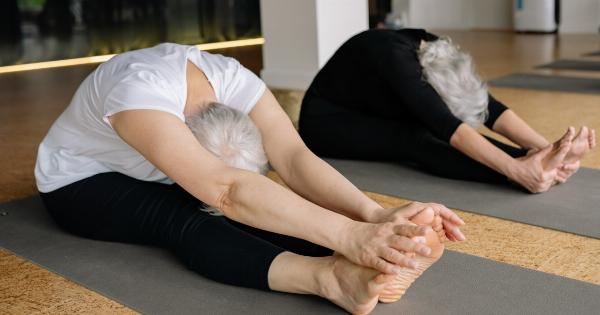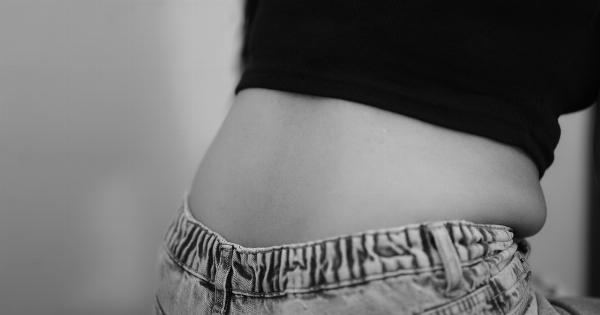Urinary incontinence, commonly known as involuntary urine leakage, is a common condition that can affect both men and women of all ages.
It can be caused by a myriad of factors including age, pregnancy, childbirth, menopause, obesity, and certain medical conditions. Fortunately, there are many ways to manage urinary incontinence and live a normal, active life without worrying about leaks. In this article, we’ll discuss some tips and tricks for managing urinary incontinence like a pro.
1.Keep a bladder diary
A bladder diary is a log that records the amount of fluids you consume and the frequency and volume of urination. It can help you identify patterns or triggers that cause leakage and provide insight into what may be causing your incontinence.
It’s also a valuable tool to share with your healthcare provider when seeking treatment.
2.Pelvic floor exercises
Pelvic floor exercises, also known as Kegels, can help strengthen the muscles that support the bladder and improve urinary control.
To perform pelvic floor exercises, contract and hold the muscles you use to stop urination for about five seconds, then release for five seconds. Repeat this exercise ten times, three times a day, gradually increasing the duration of the hold until you can hold for ten seconds at a time.
3.Maintain a healthy weight
Excess weight can put pressure on the bladder, causing it to weaken and increasing the risk of incontinence. Maintaining a healthy weight through regular exercise and a balanced diet can help improve urinary control and prevent leaks.
4.Reduce caffeine and alcohol consumption
Caffeine and alcohol are diuretics that can increase the production of urine and stimulate the bladder, causing more frequent urination and potential leaks.
Reducing or eliminating caffeine and alcohol intake can improve urinary control and reduce the frequency of leaks.
5.Practice double voiding
Double voiding is the process of urinating twice in a row, which can help empty the bladder completely and reduce the risk of leakage. After finishing your first urination, wait a few moments and then try again to release any remaining urine.
6.Wear protective garments
Protective garments such as pads, diapers, and absorbent underwear can provide peace of mind and prevent embarrassment in the event of a leak.
There are many types of protective garments available, including discreet options that can be worn under clothing without being noticeable.
7.Medications
If lifestyle changes are not enough to manage your incontinence, there are prescription medications available that can help to reduce symptoms. These medications work by relaxing the bladder or reducing the amount of urine produced.
Talk to your doctor to see if medication is the right option for you.
8.Surgery
In severe cases, surgery may be necessary to correct bladder or pelvic floor issues that cause incontinence.
Surgical options include sling procedures to support the urethra, bladder suspension to correct a dropped bladder, or bladder augmentation to increase bladder capacity. These procedures are typically only considered as a last resort when other treatment options have failed.
9.Seeking professional help
If you’re experiencing frequent or severe urinary incontinence, it’s important to seek professional help from a healthcare provider. Incontinence can be a sign of an underlying condition that requires medical attention.
Your healthcare provider can help you identify the cause of your incontinence and recommend a treatment plan tailored to your needs.
Conclusion
Urinary incontinence can be an embarrassing and challenging condition, but there are many ways to manage it and live a full, active life.
By incorporating these tips into your daily routine, you can take control of your incontinence and enjoy all the activities you love without worry. Remember, you’re not alone – millions of people experience incontinence and there is no shame in seeking help.






























